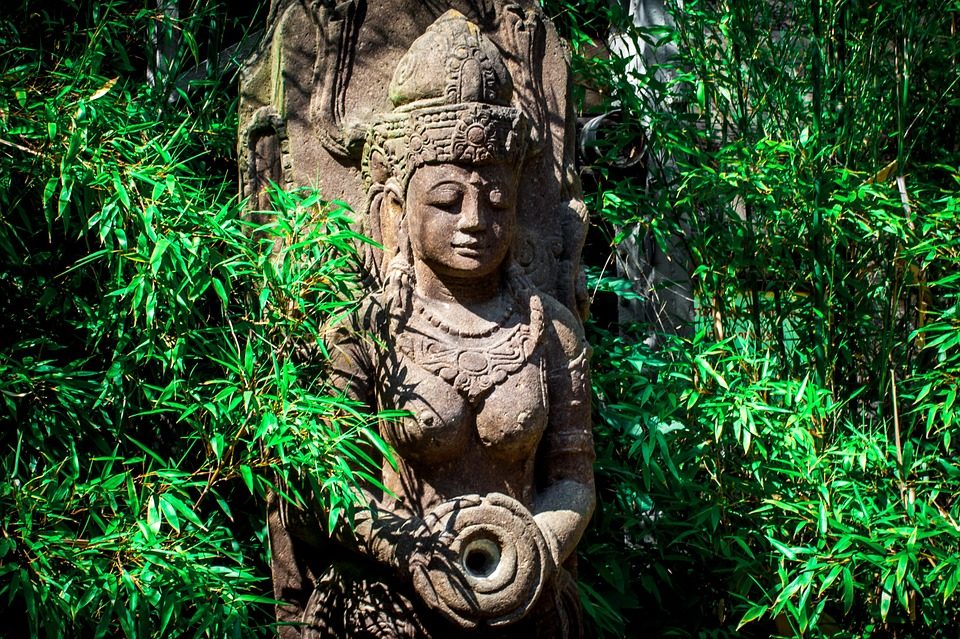It took none other than the King in Portugal to provide his seal to an order for establishment of the Shree Mahalaxmi Temple.
In which place did the original idol of Shree Mahalaxmi Temple of Panaji hide for two centuries during the Portuguese inquisition? Today, few would know the answer.
It has indeed been a long journey for the temple, which enters the bicentenary year of its establishment next month. Established in 1818, it is the oldest place of Hindu worship in the city.
But it may seem puzzling today how the temple was set up so close to the power centre of Portuguese-ruled Goa while the regime was still destroying Hindu places of worship.
The original idol of Goddess Mahalaxmi is believed to have first landed at Taleigao, brought along by Hindu priests from Kumta.
“A Vetal temple existed at Taleigao then, where the idol was initially kept. At first, the priests would travel gathering alms for the religious services they offered. But when they realised that danger was around the corner, they wandered with the original idol of Shree Mahalaxmi Temple towards Mala,” said Yogish Dempo, president of Shree Mahalaxmi Saunstha, Panaji.
Raghavendra Mhamai Kamat, a local who served in the Portuguese army, found the priests with the idol and “shuddered to think of the dire consequences” that would follow if the Brahmins were discovered.
“Without any delay, that very night Raghavendra transported the idol to a place out of the Portuguese jurisdiction to Mayem in Bicholim,” writes Nagueshrao Sardesai in a publication of the Shree Mahalaxmi Saunstha. It was at this location in Mayem that the idol of Shree Mahalaxmi spent two centuries in hiding.
“In 1817 Narain Mhamai Kamat, from Panaji’s Mhamai Kamat family of traders, had a dream and received divine guidance. Accordingly, he took a group along and went about locating the idol in Mayem and brought it to Panaji, where he kept it at a safe location in Mala,” said Dempo.
By nightfall, the idol was shifted to the iconic Mhamai Kamat family home, located near the Adil Shah Palace in Panaji.
Mhamai Kamat, who belonged to the influential Saraswat Brahmin community, began gathering support from fellow community members such as Purshottam Prabhu Sinari, to get the idol installed in a temple built for it.
Though the then archbishop Sa Galdinho, petitioned the viceroy to stop the construction of a Hindu temple in Panaji, the liberal viceroy Conde De Rio Pardo went ahead and issued permission for construction of the temple on July 2, 1818. He even got an official seal on the order from the King of Portugal in 1819.
While the land for the temple was donated by the Sinari family, the structure was eventually rebuilt by the Dempos.
“We are happy that now tourists have begun visiting the Shree Mahalaxmi Temple. Shree Mahalaxmi is the gram devi of Panaji in a sense and she belongs to everyone who comes to Panaji,” said Dempo.


